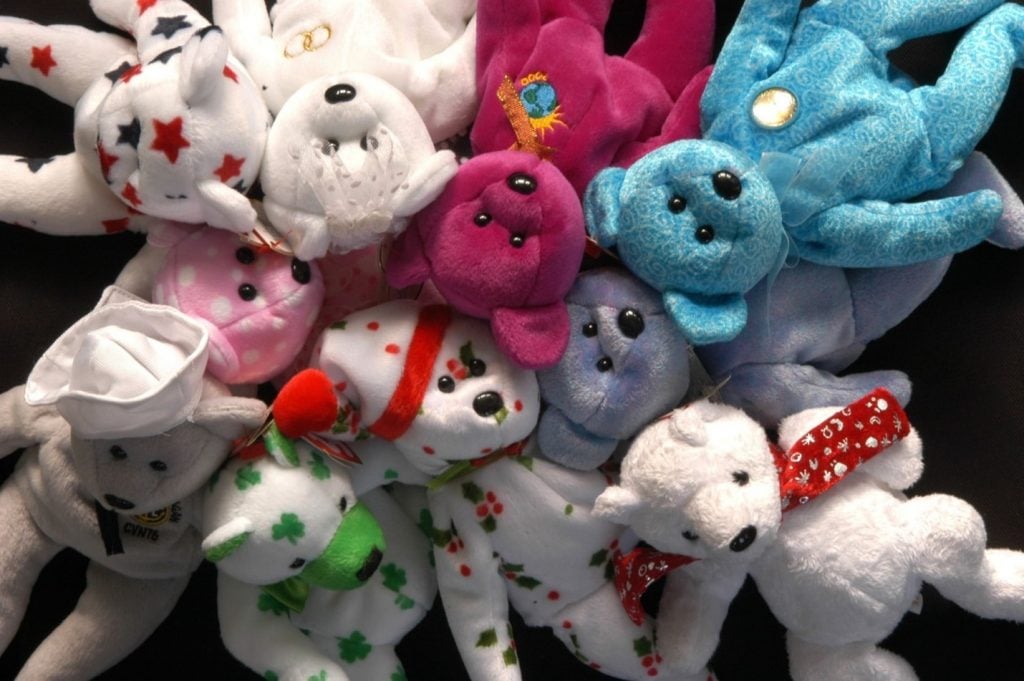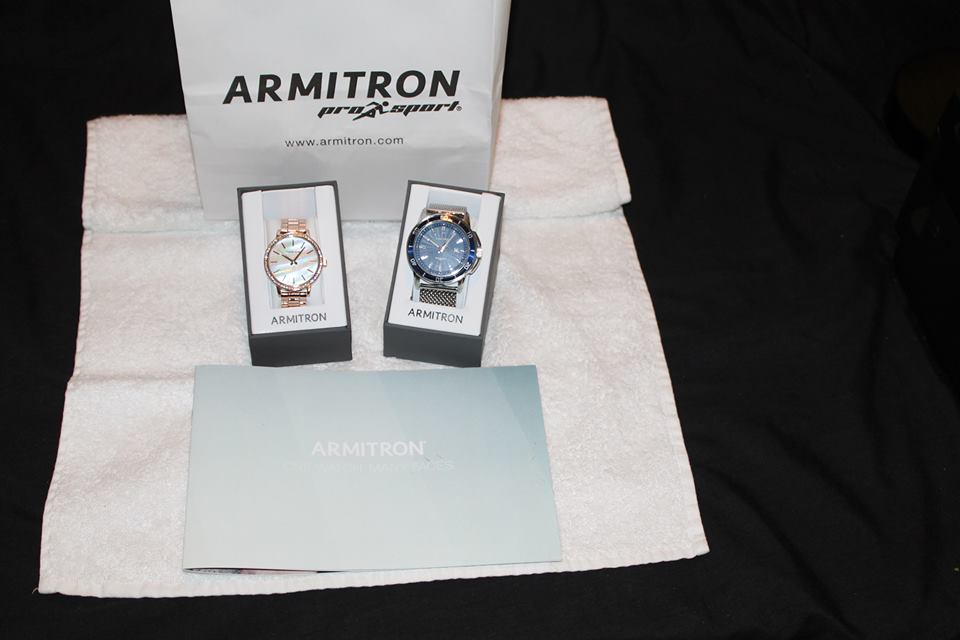A Step-by-Step Guide on How to Authenticate Beanie Babies
Did you know that Steg the Stegosaurus was the most expensive Beanie Baby of 2021? Its value is estimated to be over $40,000 by collectors! Unfortunately, Steg is frequently counterfeited and sold to unknowing buyers.
Are you asking, “is my Beanie Baby Real?” and need to know exactly how to authenticate Beanie Babies? Have you found possible signs of a knock-off beanie baby in your collection?
There are several effective ways to ensure you’ve purchased an authentic Beanie Baby. The following guide will explain how to buy authentic Beanie Babies. Read on to learn how to avoid adding frauds to your collection.
Contents
Check the Tags
Counterfeits often have spelling errors on their tags. However, authentic Beanie Babies sometimes have spelling errors, too. So, it’s a red flag but doesn’t confirm that it’s counterfeit.
Always check the dates and the addresses on tags to make sure they are accurate for the Beanie you’re buying. If possible, compare the tags of a questionable Beanie Baby with the tags of a verified Beanie.
Make sure the tag isn’t too light or dark in color. The size of the tag shouldn’t be smaller or larger than other authentic Beanie Babies. It’s good to check for the correct font, too.
The yellow star on the Beanie’s tag should be a very bright yellow rather than a mustard color. Some counterfeits have stars on their tag that are noticeably more pointy than authentic Beanies.
Examine Shape and Size
Remember to check the overall shape and size of the Beanie Baby. Counterfeits often have ears that are sized incorrectly. Sometimes legs or arms are shorter than normal, or they’re shaped irregularly.
Evaluate if the Beanie Baby’s head is too big or if it’s overstuffed. It takes a good eye to pick up on these inconsistencies but paying attention to sizing details is important.
How To Authenticate Beanie Babies by Eyes
Look at the Beanie’s eyes to see if they’re too close together, too large, or too small. Irregular eye sizes and spacing is common among counterfeits.
Some Beanie Baby’s eyes should also be a solid color. For example, an authentic Humphrey the Camel has solid black eyes but counterfeits tend to have two-toned eyes.
Inspect the Fabric Thoroughly
A Beanie Baby might be a knock-off if the fabric is rough or if the color is lighter or darker than normal. For example, an authentic Radar Beanie Baby is always a dark black color.
Most authentic Beanie Babies have quality plush fabric that doesn’t wrinkle easily. Also, consider if the fabric feels too stiff as this is a common characteristic of a fraud.
Ready to Authenticate?
Now you know how to authenticate Beanie Babies to avoid counterfeits and common scams. Remember, it’s all in the tags, size, shape, eyes, and fabric. Keep this guide in mind and buy your next Beanie Baby with confidence.
Check out the rest of our blog for more helpful articles with interesting information and tips.




